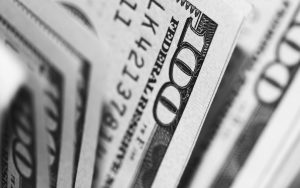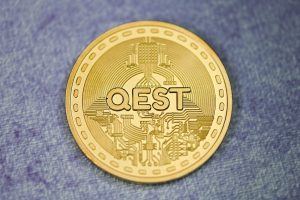Forex, short for foreign exchange, is the global market where currencies are traded. It is the largest financial market in the world, with an average daily trading volume of $5.3 trillion as of April 2013. Forex trading is essential for international trade and investment, as it enables currency conversion and determines the relative value of different currencies. But since when was Forex around?
The history of forex can be traced back to ancient times when people started using different forms of currency to trade goods and services. In the Middle Ages, European money changers would exchange coins from different countries at a commission. This practice continued through the Renaissance, and it was during this period that the first foreign exchange market was established in Amsterdam, in the early 17th century.
The Amsterdam Exchange Bank, established in 1609, was the first bank to offer currency exchange services to merchants and traders. The bank issued bills of exchange, which were used to transfer funds between countries. These bills were the precursor to modern-day banknotes and checks.
In the 18th century, the Bank of England became the first central bank to issue paper currency. This marked a significant shift in the way currencies were traded, as it enabled traders to exchange paper notes instead of coins, which were cumbersome to carry and transport.
The first recorded currency exchange rates were published in 1641 by the London Gazette. These rates were based on the exchange rates between different currencies and were used by merchants and traders to calculate the value of their transactions.
The modern forex market emerged in the 1970s, following the collapse of the Bretton Woods Agreement in 1971. This agreement had fixed exchange rates between different currencies, with the US dollar being pegged to the price of gold. However, the US government could no longer maintain the price of gold, and many countries started to abandon the fixed exchange rate system.
The floating exchange rate system that followed allowed currencies to fluctuate freely based on market demand and supply. This led to the establishment of a global forex market, where banks, financial institutions, and individual traders could buy and sell currencies.
The forex market operates 24 hours a day, five days a week, with trading sessions in Asia, Europe, and North America. The market is open to anyone, anywhere in the world, with a computer or smartphone and an internet connection.
Forex trading has become increasingly popular in recent years, thanks to advances in technology and the availability of online trading platforms. These platforms enable traders to access the market and execute trades from anywhere in the world, at any time.
In conclusion, forex trading has been around for centuries, with its roots dating back to the Middle Ages. The establishment of the Amsterdam Exchange Bank in the 17th century marked the beginning of organized currency exchange, which has evolved into the modern forex market we know today. The collapse of the Bretton Woods Agreement in the 1970s paved the way for the establishment of a global forex market, which has become the largest financial market in the world. Today, forex trading is accessible to anyone, anywhere in the world, and is a vital component of international trade and investment.





